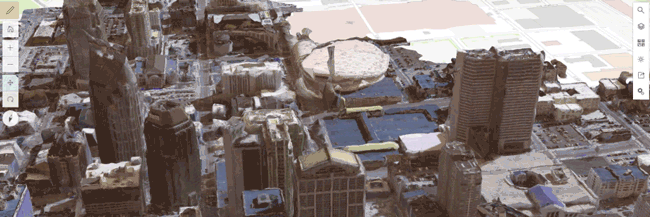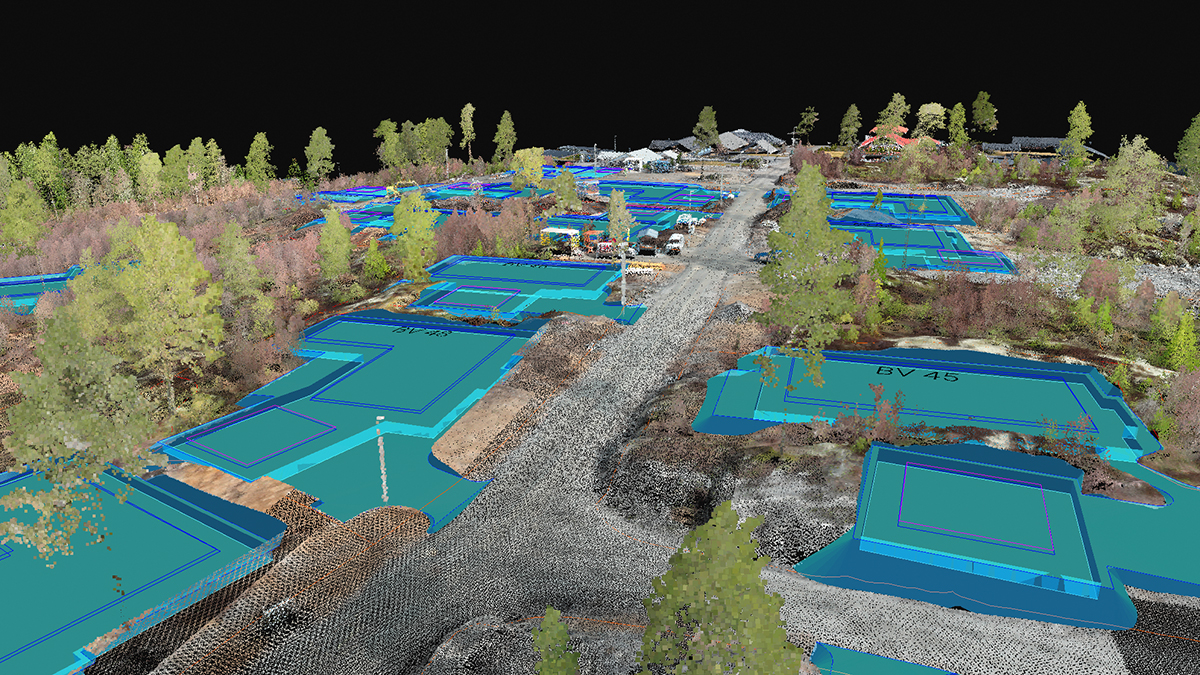Tiled LoD mesh for professional GIS users
The most important subject in the GIS (Geographic Information Systems) world is the standard. When geospatial data are generated from different sources, the content and formats may vary from one to another. Integration of those heterogeneous data can ensure the best quality and up-to-date data are available without having people doing repetitive works on what has already existed. Such integration relies on shared standards and web platforms.
Why do people heavily use Google Maps/Earth? With the popularization of internet connection, people can now visualize maps and terrain models anywhere without going onsite to map it by themselves. How would you share hundreds of city models with your clients without overloading the computer resources or sacrificing the fine details? Generating the Level-of-Detail (LoD) mesh is probably your best choice!
What is a tiled LoD mesh?

Similar to tiled maps or vectors, LoD mesh is stored in multiple hierarchies that allows loading the mesh geometry and texture only within the visible extent and at different levels of details based on zoom scales. Without this technique, you would need to load the entire file before taking any actions.
Custom scalability for universal platforms
In all Pix4D software desktop applications, you can define the number of levels you would like your 3D mesh to be stored, as well as the resolution of your tiled mesh. You may choose to output as .osgb, a standard format for open-source programming interface that is the most favorable by GIS developers; or, to generate Scene Layer Package (.slpk) files, which is an ESRI file format and the OGC Community Standard for the 3D visualization community.




